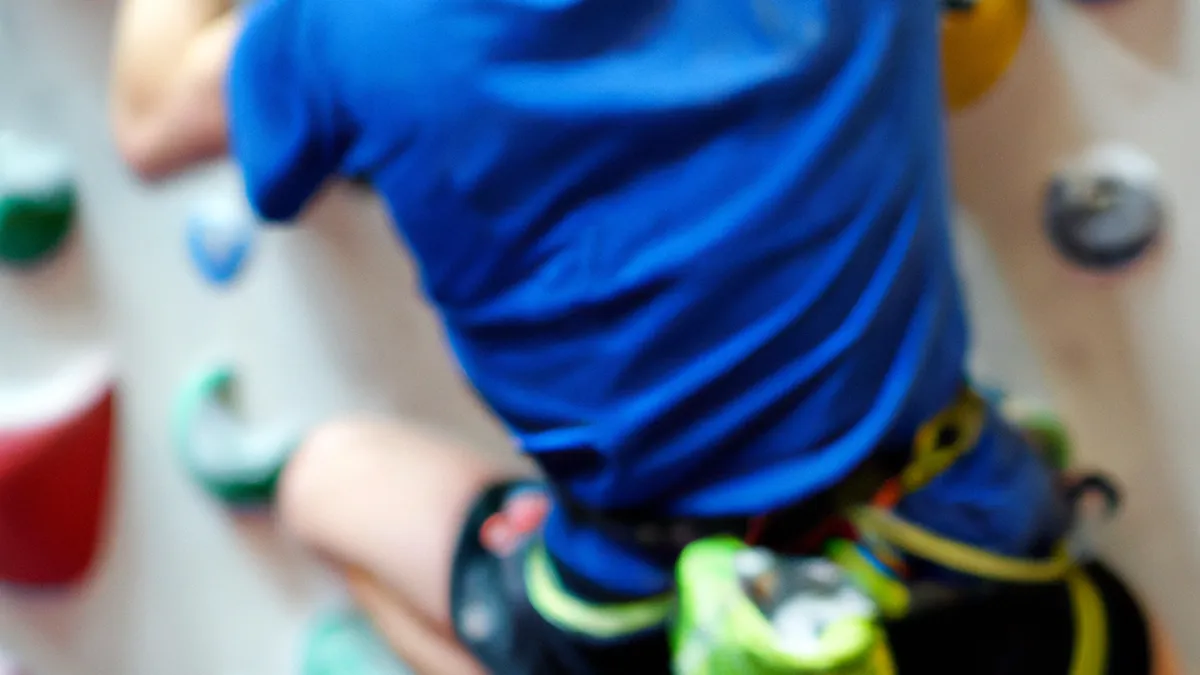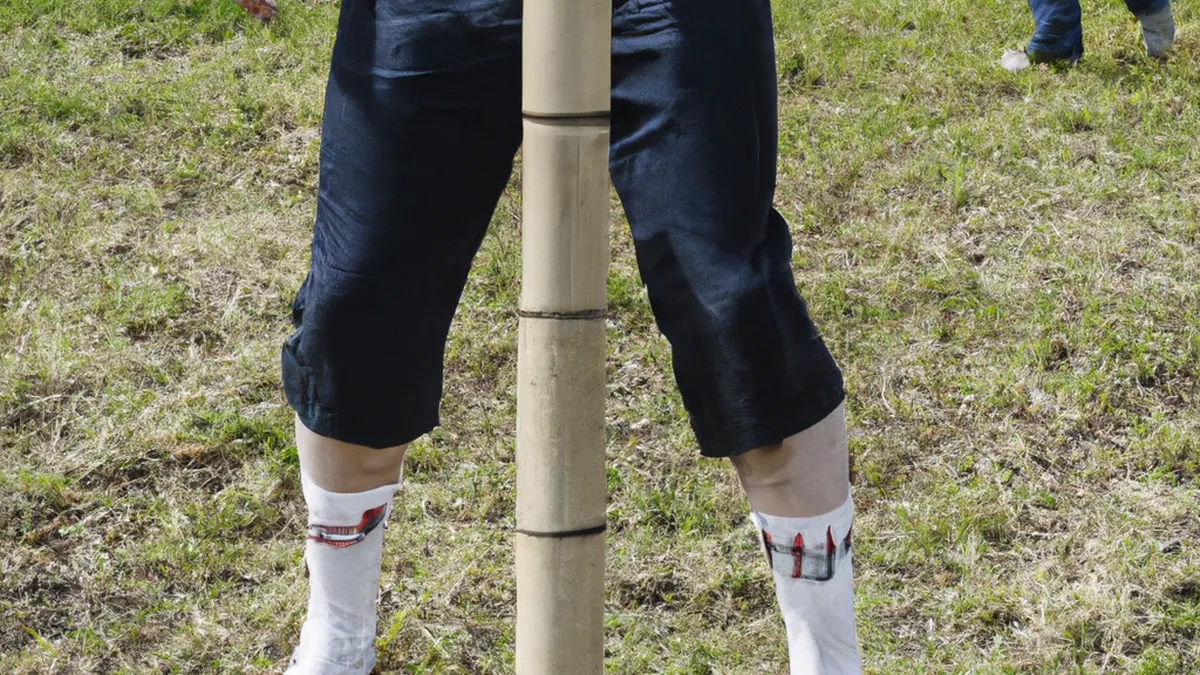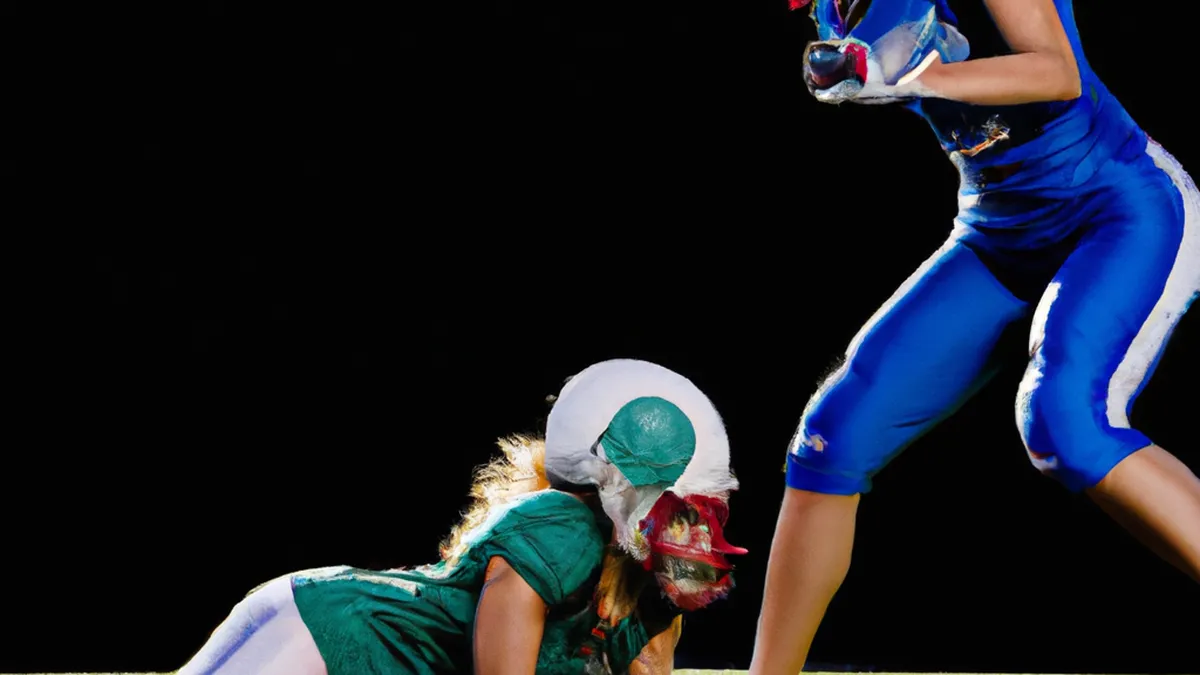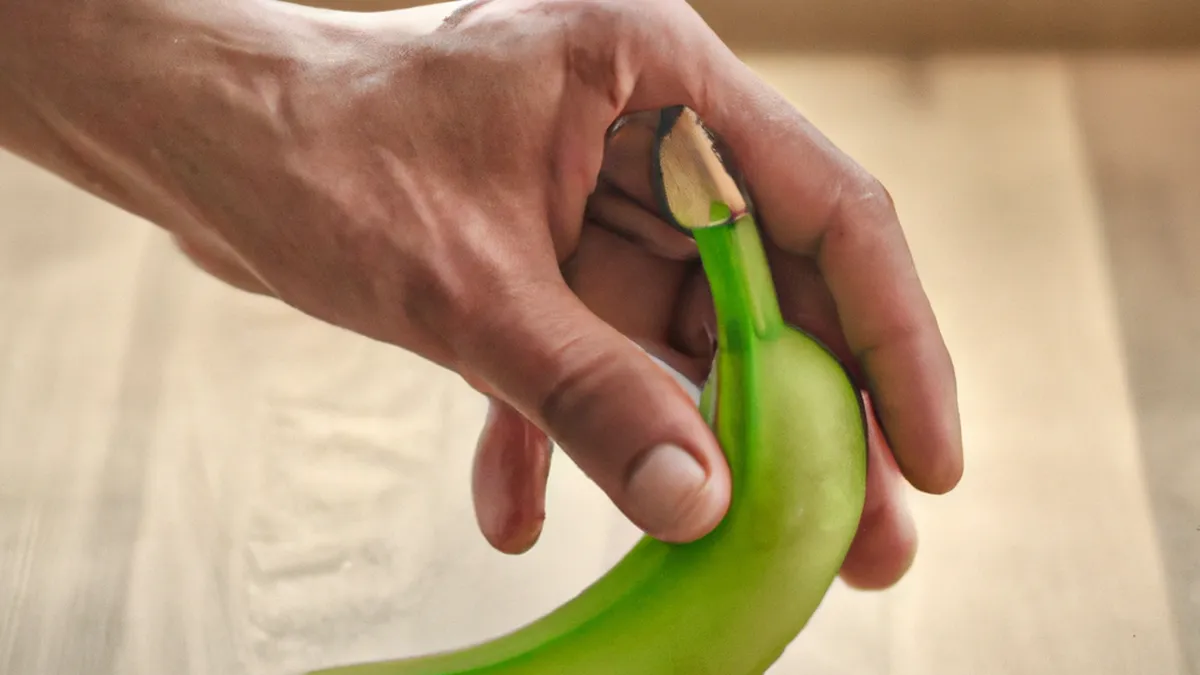Trad Climbing: Navigating Natural Protection
Understanding the Differences Between Sport and Trad ClimbingClimbing thrills adventurers and nature lovers. Sport climbing and traditional (trad) climbing are the two most popular styles. Each style features unique characteristics, equipment, techniques, and philosophies. Understanding these differences enhances your climbing experience and helps you choose the best style for your preferences. Beginners and experienced climbers alike can appreciate these nuances.
What is Sport Climbing?
Sport climbing relies on fixed anchors, typically bolts, permanently placed in the rock. Climbers ascend pre-equipped routes, clipping quickdraws into bolts for protection. This style emphasizes physical aspects, allowing climbers to focus on technique, strength, and endurance without placing gear.
Key Features of Sport Climbing
1. **Fixed Protection:** Sport climbing uses pre-placed bolts. This reduces gear climbers carry, helping them concentrate on their ascent.2. **Defined Routes:** Sport climbing routes are clearly marked, making navigation easier. This straightforward experience helps climbers improve skills and push limits.3. **Accessibility for Beginners:** Fixed protection makes sport climbing more accessible for beginners. New climbers gain confidence quickly and progress to challenging routes.4. **Competition and Community:** Sport climbing has a vibrant competitive scene, including Olympic events. This fosters a community where climbers share tips and experiences.
What is Trad Climbing?
As an Amazon Associate I earn from qualifying purchases.
Gear tip: consider quickdraws, climbing shoes, and chalk bag to support this topic.
Traditional climbing, or trad climbing, involves placing personal gear for protection during ascents. Climbers use devices like nuts and camming devices to secure themselves to the rock. This style requires understanding gear placement and climbing techniques. Climbers assess rock features and find the best protection spots. Trad climbing often occurs in natural, remote settings, offering adventure and exploration.
Key Features of Trad Climbing
1. **Self-placed Gear:** Climbers take responsibility for their safety by placing gear. Learning effective gear placement is critical and adds complexity.2. **Route Finding:** Trad climbers navigate their own paths, unlike sport climbers with predefined routes. This requires climbing skills and terrain reading.3. **Greater Risk and Mental Challenge:** Trad climbing can involve higher risks, as climbers depend on their gear placements.
Conclusion
Sport and trad climbing offer distinct experiences. Understanding their differences helps climbers choose their preferred style and enhances their overall enjoyment.
Below are related products based on this post:
FAQ
What is the primary difference between sport climbing and trad climbing?
Sport climbing relies on fixed anchors, such as bolts, which are permanently placed in the rock, allowing climbers to focus on their ascent. In contrast, trad climbing requires climbers to place their own gear for protection, making it a more complex and adventurous style.
Is sport climbing suitable for beginners?
Yes, sport climbing is particularly accessible for beginners due to its fixed protection and clearly marked routes. This setup allows new climbers to build confidence quickly as they learn and progress to more challenging climbs.
What are the risks associated with trad climbing?
Trad climbing involves greater risks since climbers are responsible for placing their own gear, which requires skill and experience. If gear placement is inadequate, it can lead to dangerous situations, making mental preparedness and technique essential for safety.















Post Comment